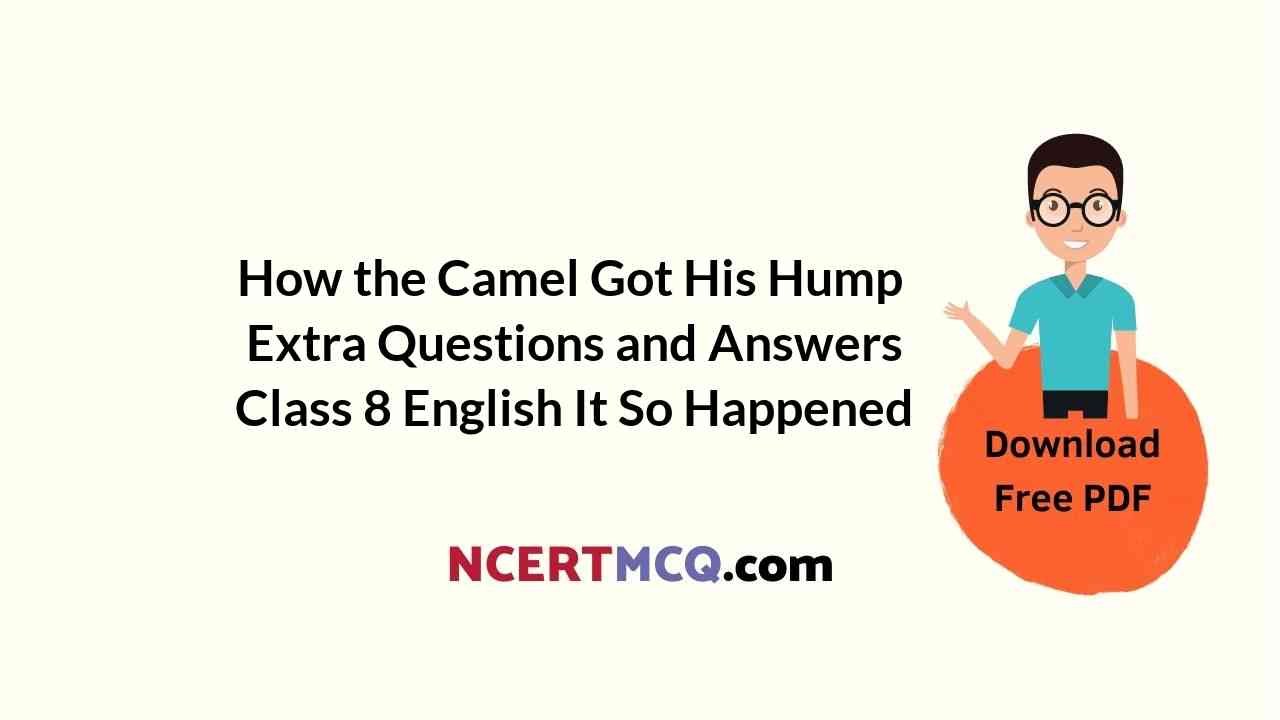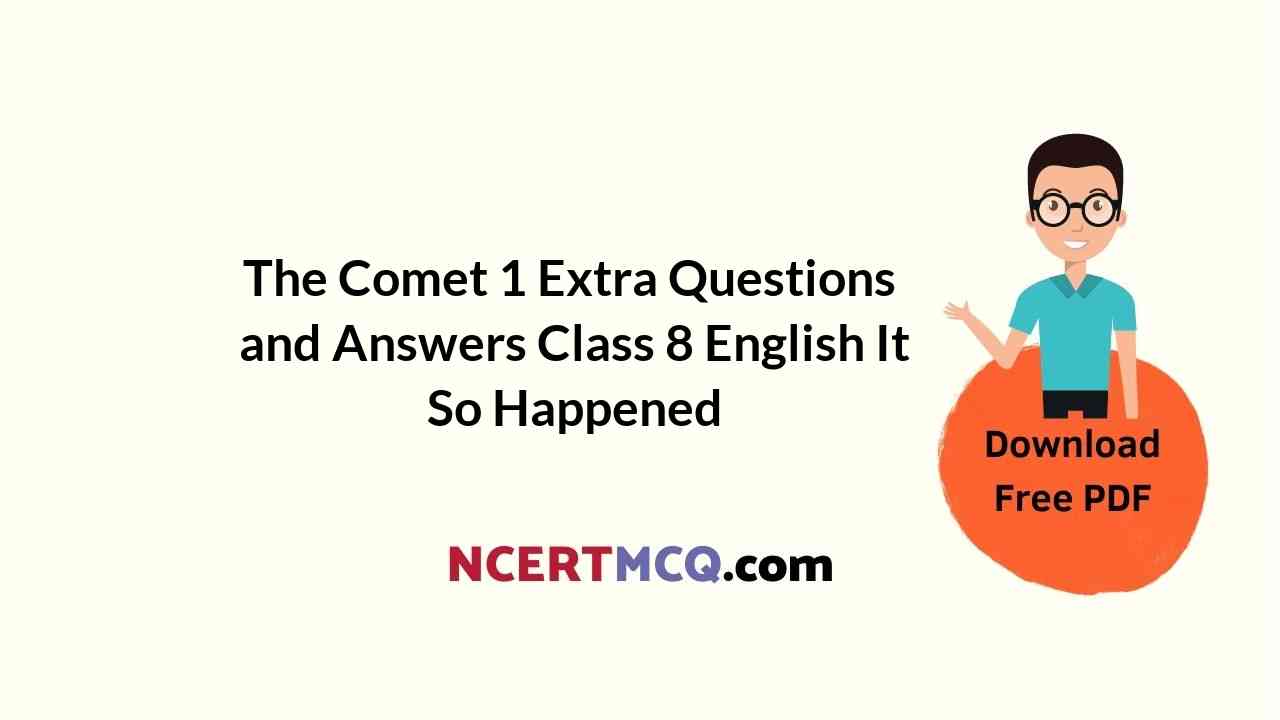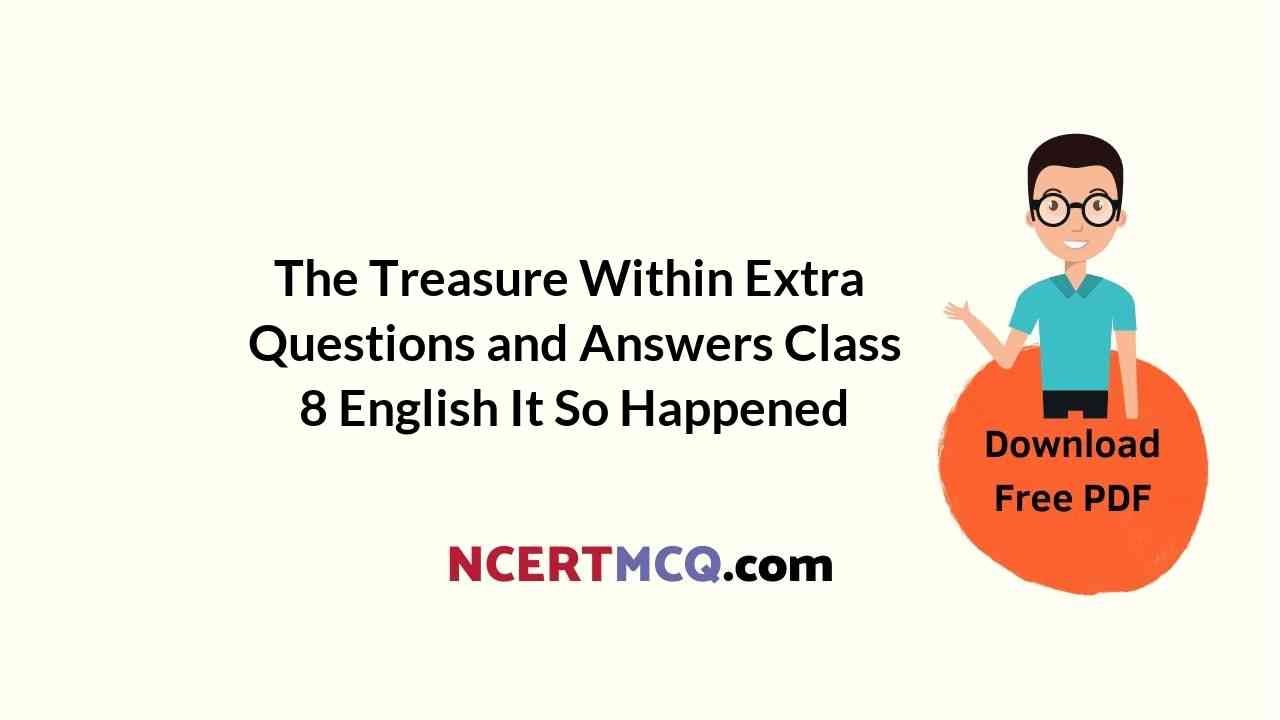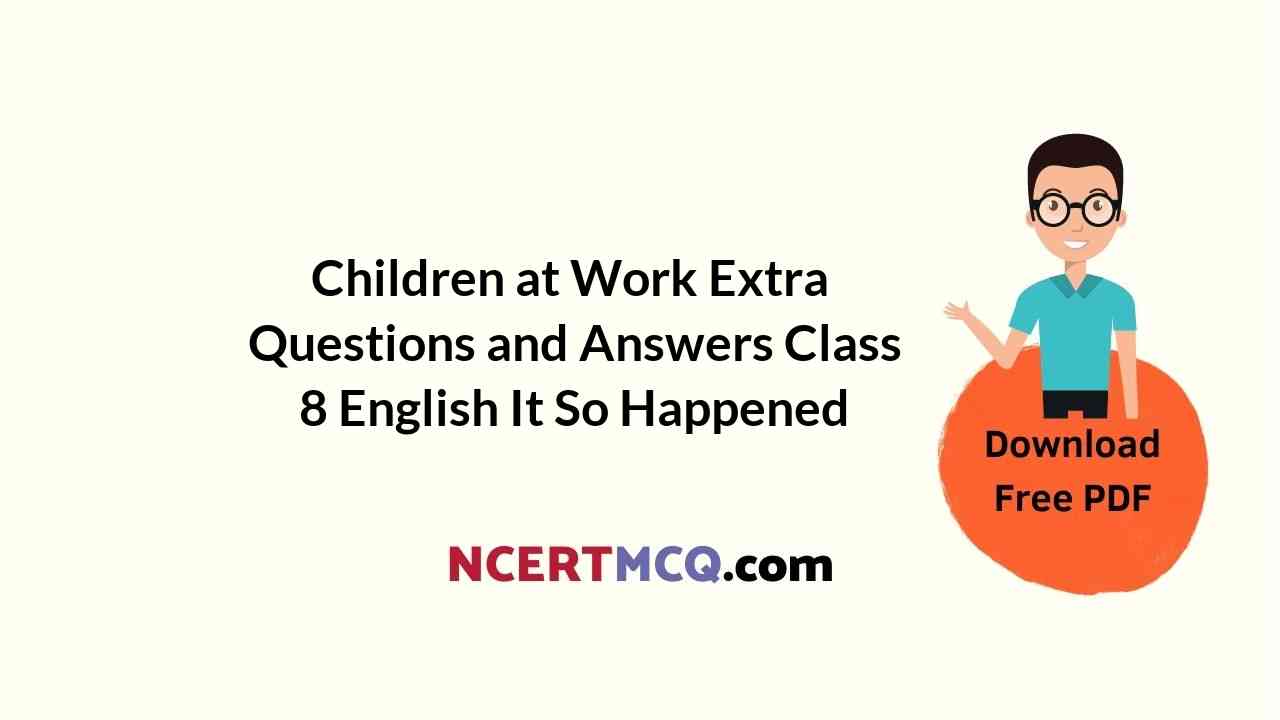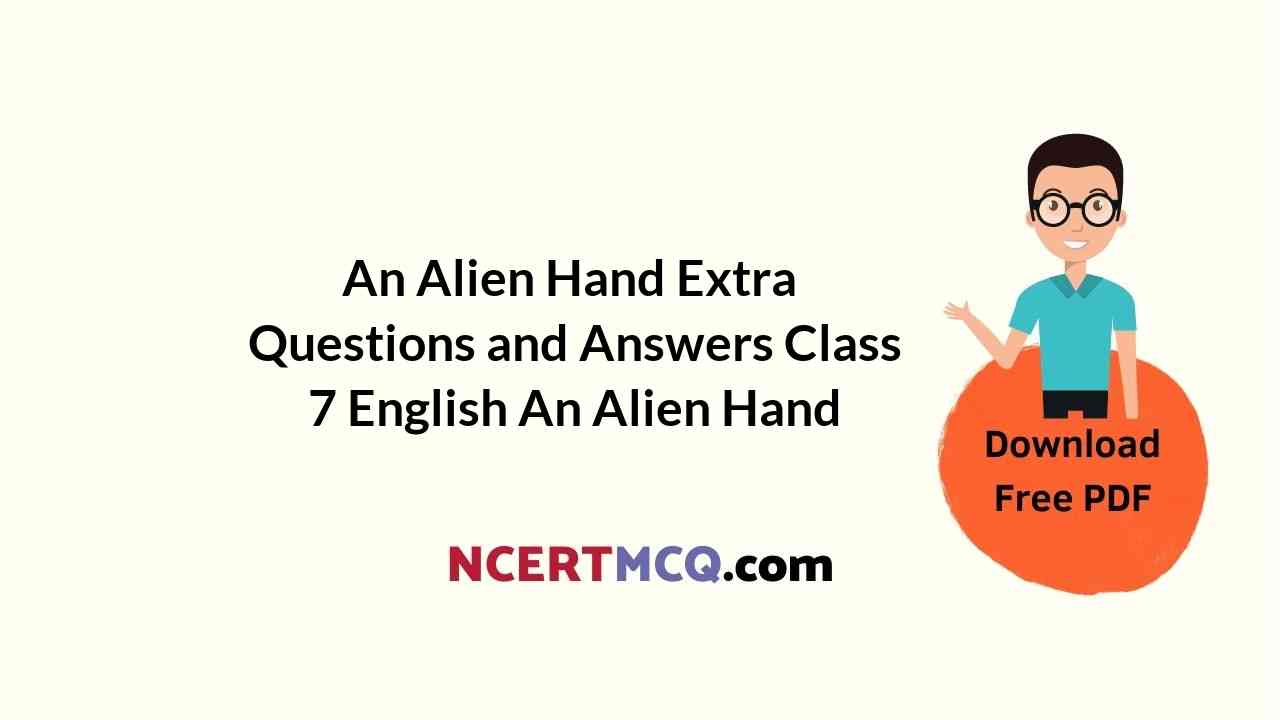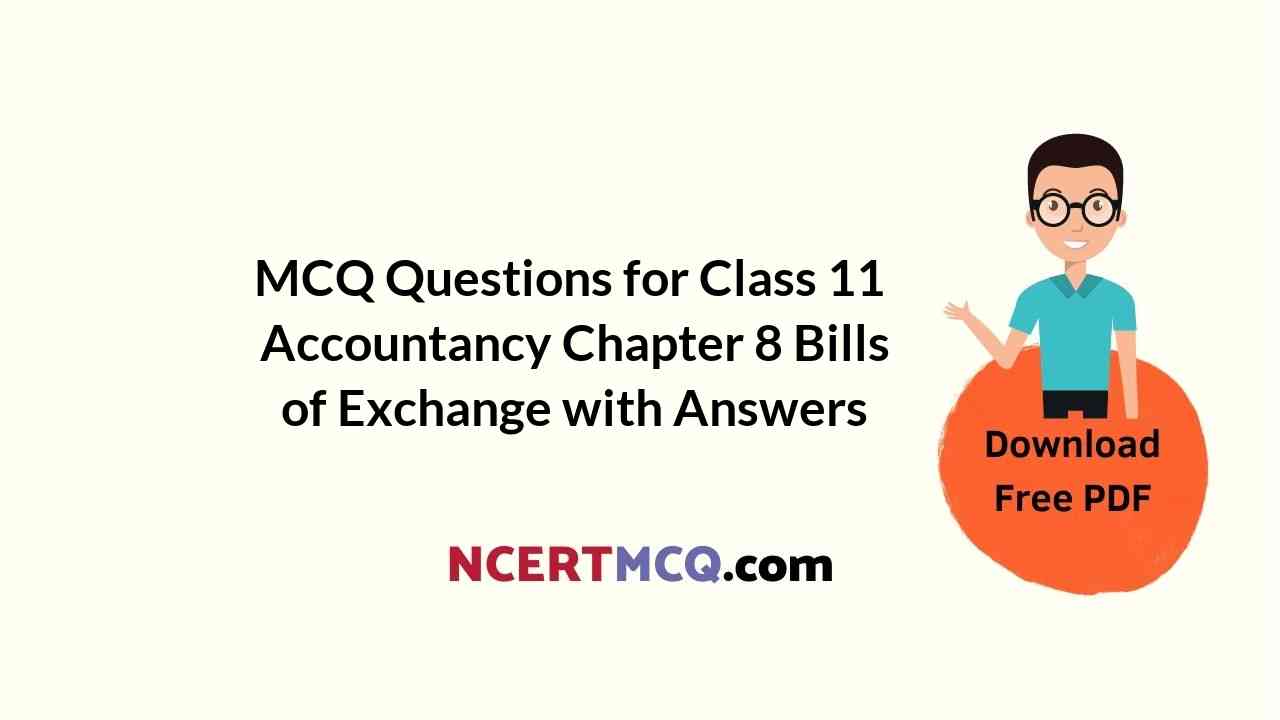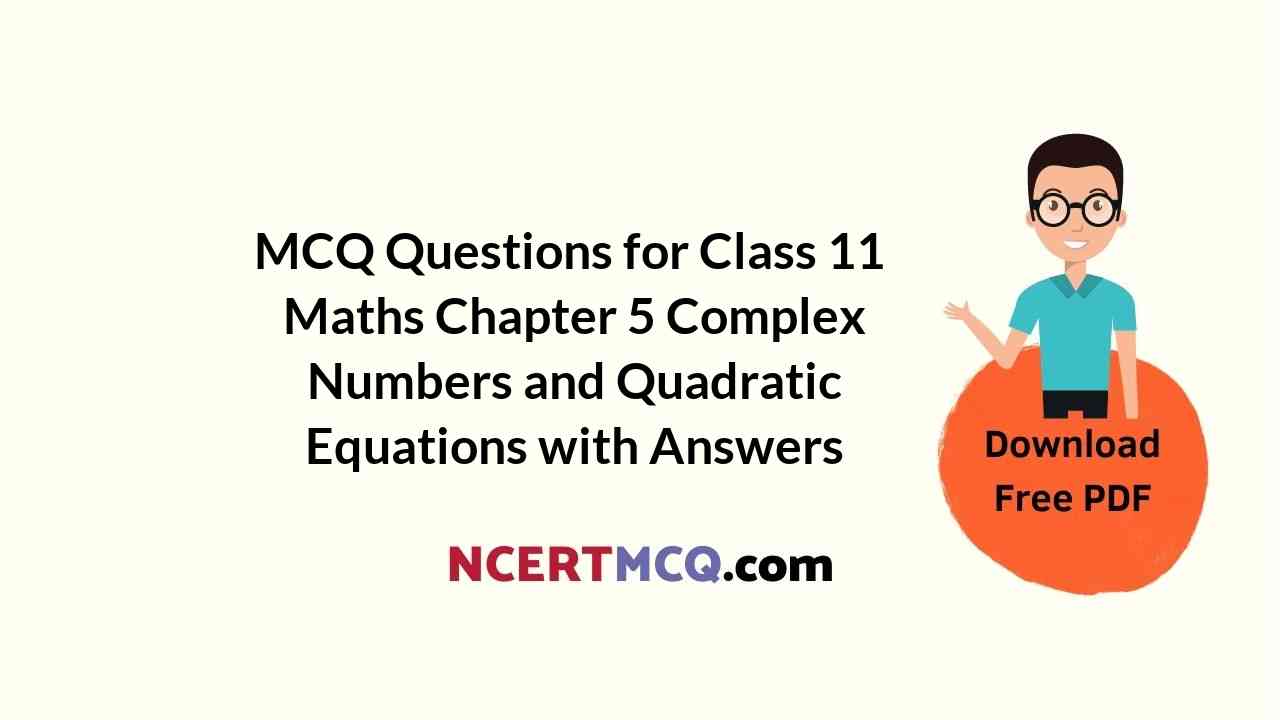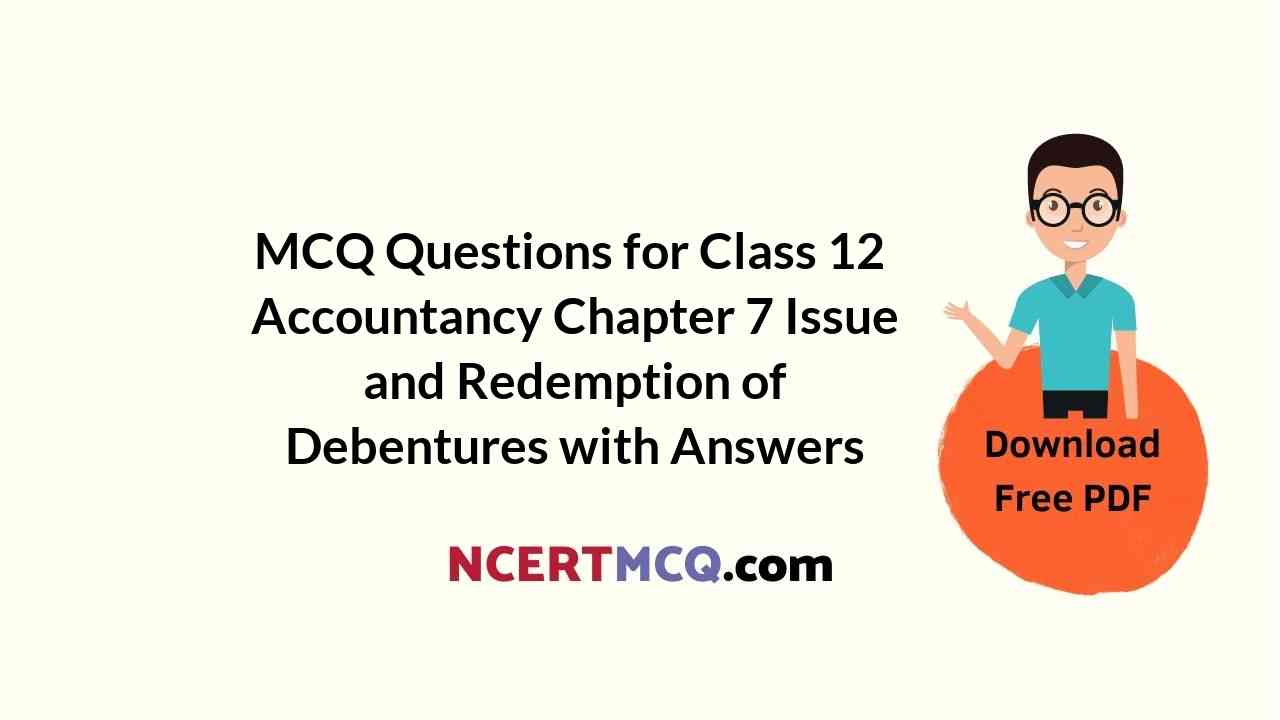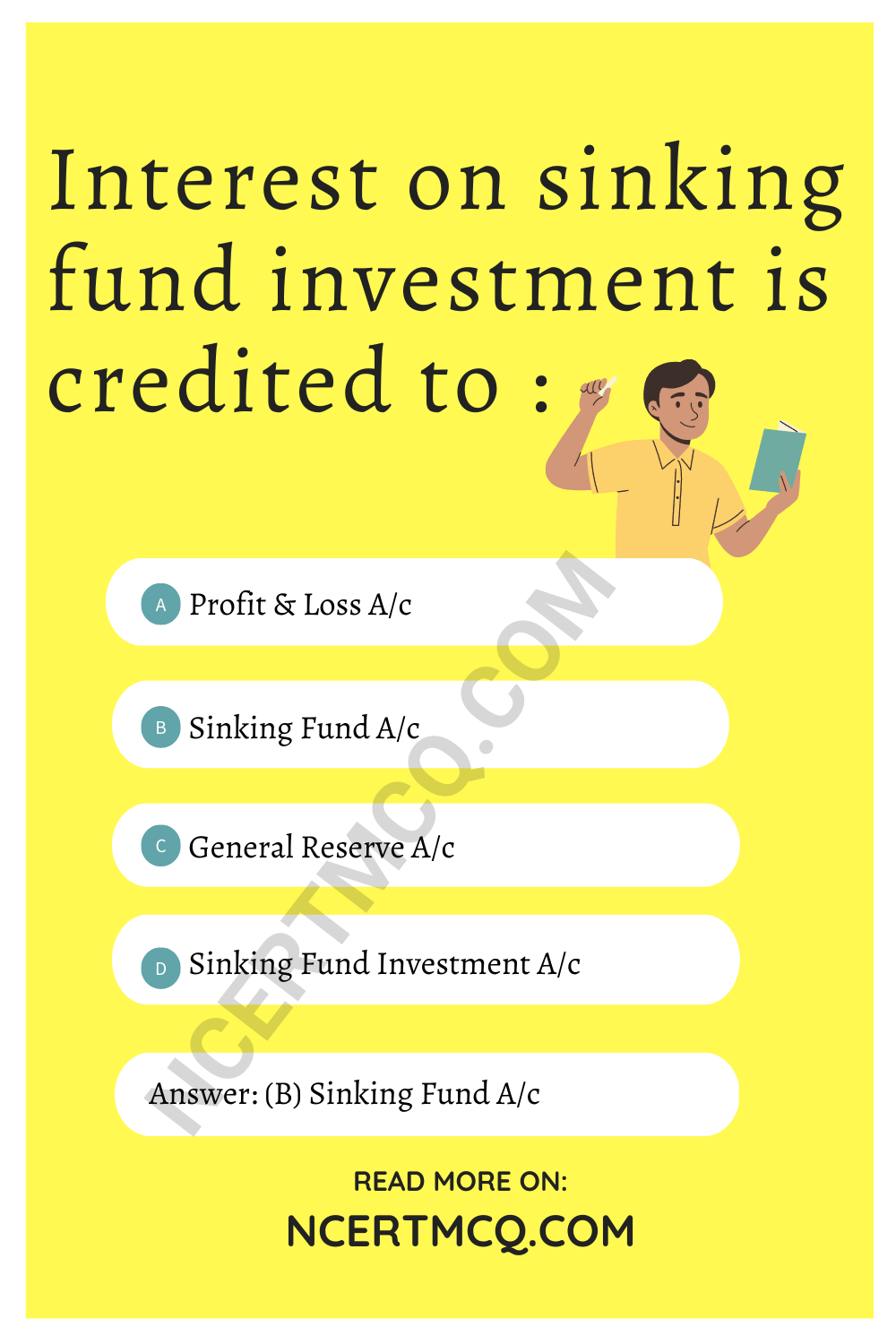Here we are providing Wind Extra Questions and Answers Class 9 English Beehive, Extra Questions for Class 9 English was designed by subject expert teachers.
Wind Questions and Answers Class 9 English Beehive
Wind Extra Questions and Answers Short Answer Type
Wind Class 9 Extra Questions Question 1.
Why does the poet ask wind to blow softly?
Answer:
The poet asks wind to blow softly because he knows that a strong wind will causes a lot of damage to structures that are not very strong. It will break the shutters of windows, throw the books from the shelves, and tear their pages and bring rain.
Wind Extra Questions Question 2.
What damage does wind cause in the poet’s room?
Answer:
Wind breaks the shutters of the windows, it scatters the poet’s papers. It even throws down his books and tears the pages. Then it brings rain and disturbs everything.
Wind Class 9 Extract Questions Question 3.
What is winnowing? What, according to the poet, does the wind god winnow?
Answer:
Winnowing refers to blowing away or removing the chaff from grain before it can be used as food. It thus implies segregating people or things by judging their quality. The poet says that the wind god separates the weak from the strong like the chaff from grain.
Extra Questions Of Wind Class 9 Question 4.
How does wind make fun of weaklings?
Answer:
Wind makes fun of the weaklings by separating them from the strong and then crushing them by its force. Wind who is very strong does not behave in a friendly way with the weak. It destroys the weak things.
Class 9 Wind Extra Questions Question 5.
What harm does wind do when it blows hard?
Answer:
When a strong wind blows, it destroys everything. It breaks the shutters of the windows, scatters the papers, throws the books off the shelves, and tears the pages of the books.
Wind Class 9 Extra Questions And Answers Question 6.
What kinds of houses should we build to withstand the power of wind?
Answer:
We should make strong houses with doors that have firm joints as wind will not be able to crumble those.
Wind Poem Extra Questions Question 7.
What does ‘crumbling’ suggests in the poem ‘Wind’?
Answer:
The word ‘crumbling’ in the poem ‘Wind’ suggests fragile or frail. He feels that wind separates the frail
or
derelict houses, doors, rafters, wood, and weak bodies, lives, and hearts from those that are strong and crushes them all.
The Wind Extra Questions Question 8.
Explain what the poet means by ‘Make the heart steadfast’.
Answer:
The poet advises that while facing difficulties and challenges in life, one should have strong determination and courage. Wind causes weak structures to crumble and puts out a weak fire, but has no effect on a strong structure, in fact, it causes a strong fire to bum more intensely. Similarly, a resolute heart can face all adversities.
Wind Poem Class 9 Extra Questions Question 9.
What should we do to make friends with the winds?
Answer:
The wind makes fun of weak things. Thus, wind teaches us to be strong and determined, as a time friend should. We should make ourselves physically and mentally strong to overcome the troubles and turmoil we may face in life.
Class 9 English Wind Extra Questions Question 10.
‘He won’t do what you tell him’. Who is ‘he’? Why does he not obey others?
Answer:
In this line, ‘he’ stands for the wind god. The wind god does not obey man because it is so powerful that it cannot be controlled.
Class 9 English Beehive Poem Wind Extra Questions Question 11.
Explain the meaning of ‘We praise him every day’.
Answer:
Here ‘him’ stands for the wind god. We praise the wind every day because it provides us strength and life. As long as wind is our friend, it helps us flourish. Therefore, we must sing his praises.
Wind Extract Based Questions Question 12.
What does the wind symbolise?
Answer:
In the first stanza, wind represents destruction. Wind destroys the weak by throwing books down from the shelves, tearing pages from books and by bringing rain. Wind, especially strong and gusty wind symbolizes the difficulties and turmoils we face in life. Strong people face difficulties bravely while weak people are broken.
Wind Poem Extract Based Questions Question 13.
How does the poet describe the wind in the poem ‘Wind’?
Answer:
The poet describes wind in two forms. One is fierce and violent wind that destroys everything. It is not friendly with the weak structures or characters. It makes them crumble. The second form of wind is the nurturing one. It brings comfort and happiness to the strong. It makes the strong fire to bum brighter.
Extra Questions Of Poem Wind Class 9 Question 14.
What is the central idea of the poem ‘Wind’?
Answer:
In Wind Subramania Bharati advises us to face challenges and obstacles in life with grit and determination. For this we must be strong in mind and body. Only then will wind be our friend. Wind represents the difficulties and challenges we encounter in life. We should encounter them boldly.
Wind Chapter Class 9 Extra Questions Question 15.
What kind of people are disturbed by wind?
Answer:
Wind disturbs only those people who are weak and vulnerable. People who are determined and self-confident are able to overcome the hardships caused by wind. The wind is not able to disturb their equanimity or peace of mind. The wind blows out weak fires and makes strong fires roar and flourish.
Wind Extra Questions and Answers Long Answer Type
Question 1.
What challenges are posed by wind in the life of the poet and the common man?
Answer:
According to the poet, wind disrupts our everyday life. Wind, and accompanying rain, are forces of nature that are perceived as the tempest forces which create impediments in a man’s life. Just as our problems which can arise from nowhere, wind can hit us at any time of our life It mocks the weak and the frail. For frail people, literally and metaphorically, wind creates barriers. Winds do not let a frail body or a frail mind survive but on the other hand If you are strong, you have the power and the will to survive and fight back, wind can never be a threat to your being.
Question 2.
What advice does the poet offer the people? Write your answer in the context of the poem, ‘Wind’.
Answer:
According to the poet, the wind is very powerful. It can break the shutters of the windows, scatter the papers, throw the books down from the shelves and tear their pages. When it blows violently, it brings the clouds. It mocks at the weak and destroys their homes. But the poet is not dismayed. He realises thinks that when the people build strong houses, they can challenge the wind. The poet suggests that we should face the challenges and hardships with courage, grit and firm determination. The wind is a symbol of problems and obstacles which are to be dealt without fear.
Wind Extra Questions and Answers Reference to Context
Read the extracts given below and answer the questions that follow.
Question 1.
Wind, come softly.
Don’t break the shutters of the windows.
Don’t scatter the papers.
Don’t throw down the books on the shelf.
(a) Who is the poet addressing in the above lines?
Answer:
The poet is addressing the wind in the above lines.
(b) How does the poet want the wind to blow?
Answer:
The poet wants the wind to blow gently without causing destruction
(c) What has the wind done to the books?
Answer:
Wind has thrown the books down from the shelves/tom their pages.
(d) Name the poetic device used in the above lines.
Answer:
Apostrophe: Wind, come softly.
Anaphora: Don’t break the shutters of the windows.
Don’t scatter the papers.
Don’t throw down the books on the shelf.
Question 2.
There, look what you did – you threw them all down.
You tore the pages of the books.
You brought rain again.
(a) What is the poet’s tone in the above lines?
Answer:
The poet remonstrates with the wind. He accuses the wind of making a mess.
(b) What has the wind done?
Answer:
Wind has thrown down his books from the shelves and has tom them.
(c) What has wind brought with it?
Answer:
Wind has brought rain with it.
(d) Name a poetic device used in the lines above.
Answer:
Personification: The poet addresses the wind like a mischief maker.
Question 3.
There, look what you did-you threw them all down
You tore the pages of the books.
You brought rain again.
You are very clever at poking fun at weaklings
(a) Whom are these lines addressed to? What is the figure of speech?
Answer:
These lines are addressed to the wind; personification
(b) What kind of destruction does wind cause when it blows hard?
Answer:
When wind blows hard, it destroys everything. It breaks the shutters, scatters the papers, throws the books, and tears the pages of the books.
(c) What word is repeated and why?
Answer:
You is repeated as the poet accuses the wind of wreaking chaos
(d) What does the wind symbolise?
Answer:
Wind symbolises the challenges and hardships we face in life.
Question 4.
You ’re very clever at poking fun at weaklings.
Frail crumbling houses, crumbling doors, crumbling rafters,
Crumbling wood, crumbling bodies, crumbling lives,
Crumbling hearts—
the wind god winnows and crushes them all.
(a) Who is very clever? What is it clever at?
Answer:
The wind is very clever. It makes fun of weaklings.
(b) How does wind make fun of weaklings?
Answer:
Wind makes fun of the weak by making them crumble.
(c) What does the wind god do to the weak?
Answer:
The wind god separates the weak from the strong and crushes them.
(d) What should we do to make friends with the wind?
Answer:
To make friends with wind we need to build strong homes with firm doors. We should also make ourselves physically and mentally strong by building strong, firm bodies and having steadfast hearts.
Question 5.
He won’t do what you tell him.
So, come, let’s build strong homes,
Let’s joint the doors firmly.
Practise to firm the body.
Make the heart steadfast.
(a) Who is referred to as ‘He’ in the above lines?
Answer:
He in the above lines refers to the wind.
(b) What is he being told to do?
Answer:
He is being told to blow softly and not break the shutters of the windows, scatter the papers or throw down the books from the shelves.
(c) What advice does the poet give the reader?
Answer:
The poet asks people to build strong houses and firm doors and keep our bodies and hearts strong unyielding.
(d) What does wind do to the strong?
Answer:
Wind befriends those who are strong.
Question 6.
He won’t do what you tell him.
So, come, let’s build strong homes,
Let’s joint the doors firmly.
Practise to firm the body.
Make the heart steadfast.
(a) Who is the ‘you’ in the above lines?
Answer:
You refers to the listener/reader/mankind in general.
(b) What does the poet imply when he says ‘He won’t do what you tell him’?
Answer:
The poet implies that difficulties and troubles do not listen to entreaties; they have to be faced boldly.
(c) Why should we make the heart steadfast?
Answer:
The poet says that the wind makes fun of the weaklings only. Therefore, it is necessary for us to be strong.
(d) What does the poet mean by ‘make the heart steadfast’?
Answer:
We must be determined and resolute.
Question 7.
He won 7 do what you tell him.
So, come, let’s build strong homes,
Let’s joint the doors firmly.
Practise to firm the body.
Make the heart steadfast.
(a) Who does the poet advise?
Answer:
The poet advises the listener/reader/mankind in general.
(b) What advice does he offer?
Answer:
The poet advises to build strong houses, join doors firmly and to make ourselves firm and strong in body and mind.
(c) What quality of ‘his’ character is revealed in these lines?
Answer:
He, the wind, does not listen to anyone’s pleadings or entreaties. He does what he wants to do.
(d) Write any two destructive actions of the wind?
Answer:
Scatters papers/ throws books down from the shelf/breaks the shutters of the windows/tears pages from books.
Question 8.
Do this, and the wind will be friends with us.
The wind blows out weak fires.
He makes strong fires roar and flourish.
His friendship is good.
We praise him every day.
(a) What does the poet mean when he says ‘do this’?
Answer:
By saying do this the poet says we must build strong houses and have firm doors. We must be strong in mind and body.
(b) How does wind affect fires?
Answer:
Wind blows out weak fires, but it makes strong fires bum more fiercely.
(c) Who is referred to as ‘He’? Why does the poet say ‘his friendship is good’?
Answer:
He refers to wind. The poet says so because its friendship gives us strength and makes us flourish.
(d) What message do we get from the poem?
Answer:
We grow stronger when we face challenges in life with courage and confidence.
Extra Questions for Class 9 English
- The Road Not Taken Extra Questions
- Wind Extra Questions
- Rain on the Roof Extra Questions
- The Lake Isle of Innisfree Extra Questions
- A Legend of the Northland Extra Questions
- No Men are Foreign Extra Questions
- The Duck and the Kangaroo Extra Questions
- On Killing a Tree Extra Questions
- The Snake Trying Extra Questions
- A Slumber did my Spirit Seal Extra Questions
